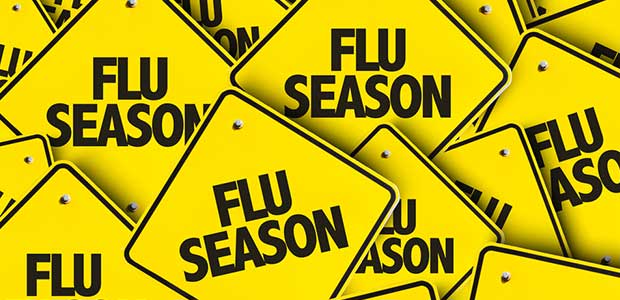
OSHA finds a lack of energy control procedures, inadequate machine guarding, workers exposed to occupational noise and respirable crystalline silica.

Episode 107
The highly anticipated Emergency Temporary Standard to protect workers from Covid-19 has been published. In this episode, Editor Sydny Shepard interviews Ashley Brightwell, partner in Alston & Bird’s Labor & Employment Group, about what employers should know about the new ETS.

Those who are vaccinated can still be infected with COVID-19 but are much less likely to catch it.
OSHA has published its ETS to protect workers from Covid-19. Heres' what's included:

The pathway is being cleared for vaccination of the youngest age group yet in the United States.
The meeting is scheduled for November 16.
The Board of Certified Safety Professionals is looking to advance worker safety and enhance careers.

While employees are still trying to navigate Covid-19, an old, but potentially severe, illness is circling back around.